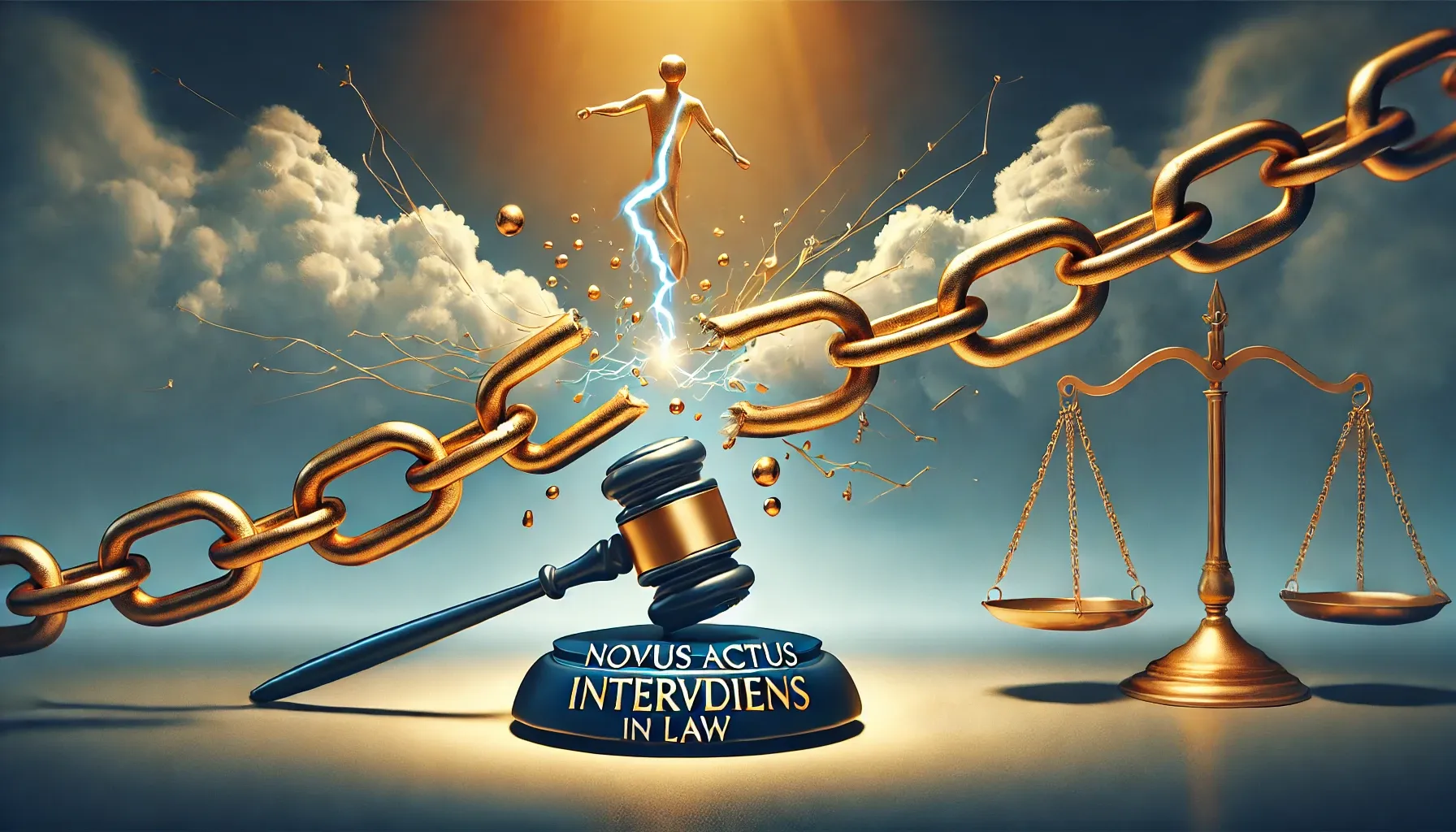Meaning Disbursement means the payment of money from a fund

Meaning
Disbursement means the payment of money from a fund or account. If the disbursement of paychecks at one’s job is delayed by the reason of his/her boss forgot to complete some paperwork, one would probably be furious. Disbursement is a noun which explains the spending or distributing of money. Governments manage the disbursement of funds to various departments & groups.[1] It is a method of payment from a public or dedicated fund. Conversely, it means a disbursement made on behalf of a customer to a 3rd party for which reimbursement is consecutively sought after by the client.
Definition
Disbursement is the deed of paying out or distributing money. Illustrations of disbursements encompass money paid out to course a business, dividend payments, cash expenditures, or the sums that a lawyer might have to pay on an individual’s behalf in association with a process. Disbursing money is part of cash flow. If cash flow is adverse, connotation that disbursements are higher than returns, it can be an initial cautionary of potential insolvency.[2]
In accounting terms, a disbursement, also called a cash disbursement or cash payment, denotes to a wide range of payment sorts made in a precise passé, comprising interest payments on loans & operating expenses. It can denote to cash payments, electronic fund transfers, checks & other forms of payment.
Usage
A disbursement is the authentic delivery of funds from a bank account or further funds. It is a sum completed by a corporation in cash or cash counterparts in the course of a set time period, such as a quarter or year. An accountant records the transactions & posts them to ledgers, such as the general ledger & accounts payable ledger.
A record for a disbursement must encompass the date, payee name, amount debited or credited, payment technique, the intent of the payment, & its outcome on the firm’s complete cash balance. Communal accounts in the ledger rests on the business. Example, a dealer has payments for inventory, accounts payable, salaries. A maker has transactions for raw materials & production expenses.
Disbursements assess the money flowing out of a business & might differ from actual profit or loss. Example, a company using the accumulation method of accounting reports expenditures when they occur, not essentially when they are paid, & accounts income when earned, not received. Managers use the ledgers to determine how much cash is disbursed, & they record trajectory of its use to govern spending ratios.[3]
Example, management can perceive how much cash is spent on inventory paralleled to other bills. Meanwhile the ledger records the check numbers of the checks issued, managers can determine whether checks are missing or written erroneously. If earnings do not come as desired to cover expenses, a profit is still reported whereas cash is running low, that can lead to insolvency.
Essential elements
Disbursement is once a company’s lawyer marks expenses to 3rd parties for court or medical bills, private investigators, couriers, or expert reports while concocting a case. Disbursements can turn out to be exclusive in cases concerning expert reports for establishing evidence, wholly in personal injury cases when serious injuries have long-term effects & must be assessed instantly. These reports enable a more precise determination of the client’s losses & generate an understanding of demanded damages. The lawyer notifies the client & the insurance company afore experiencing high disbursement costs, & the client must compensate the attorney.
A student loan disbursement is the paying out of loan continues to a borrower, who is the student. Schools & loan servicers report students of the disbursements in writing, as well as the amount of the loan and its probable disbursement date. They then disburse Federal & private student loans, stereotypically two or more times during the academic year. The student collects a credit to his account to pay tuition & fees & receives the balance by check, direct deposit, or alternative method settled upon.
A loan disbursement can be positive or negative. Whereas a positive disbursement results in a credit to an account, a negative disbursement results in an account debit. Instances of a negative disbursement are apparent when funds are withdrawn from a student’s account after being overpaid funds for financial assistance.[4]
Origin
Disbursement first give the impression in English around 1600. Its origin word disburse is marginally older, first logged around the 1530s, & arises from merging des (meaning “apart”) & bourse (meaning “purse”—a bag used to carry money).[5]
[1]https://www.vocabulary.com/dictionary/disbursement
[2] https://www.investopedia.com/terms/d/disbursement.asp
[3]https://www.investopedia.com/terms/d/disbursement.asp
[4]https://www.investopedia.com/terms/d/disbursement.asp
[5]https://www.dictionary.com/browse/disbursement#:~:text=Disbursement%20first%20appears%20in%20English,bag%20used%20to%20carry%20money).




